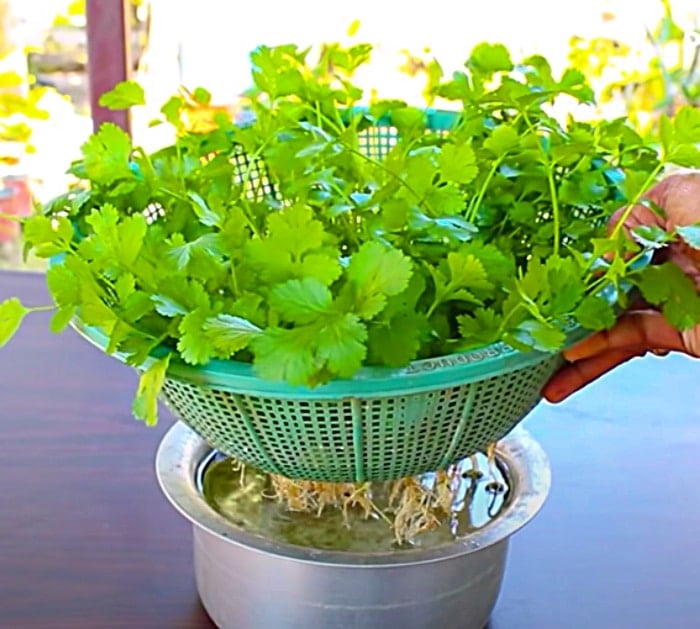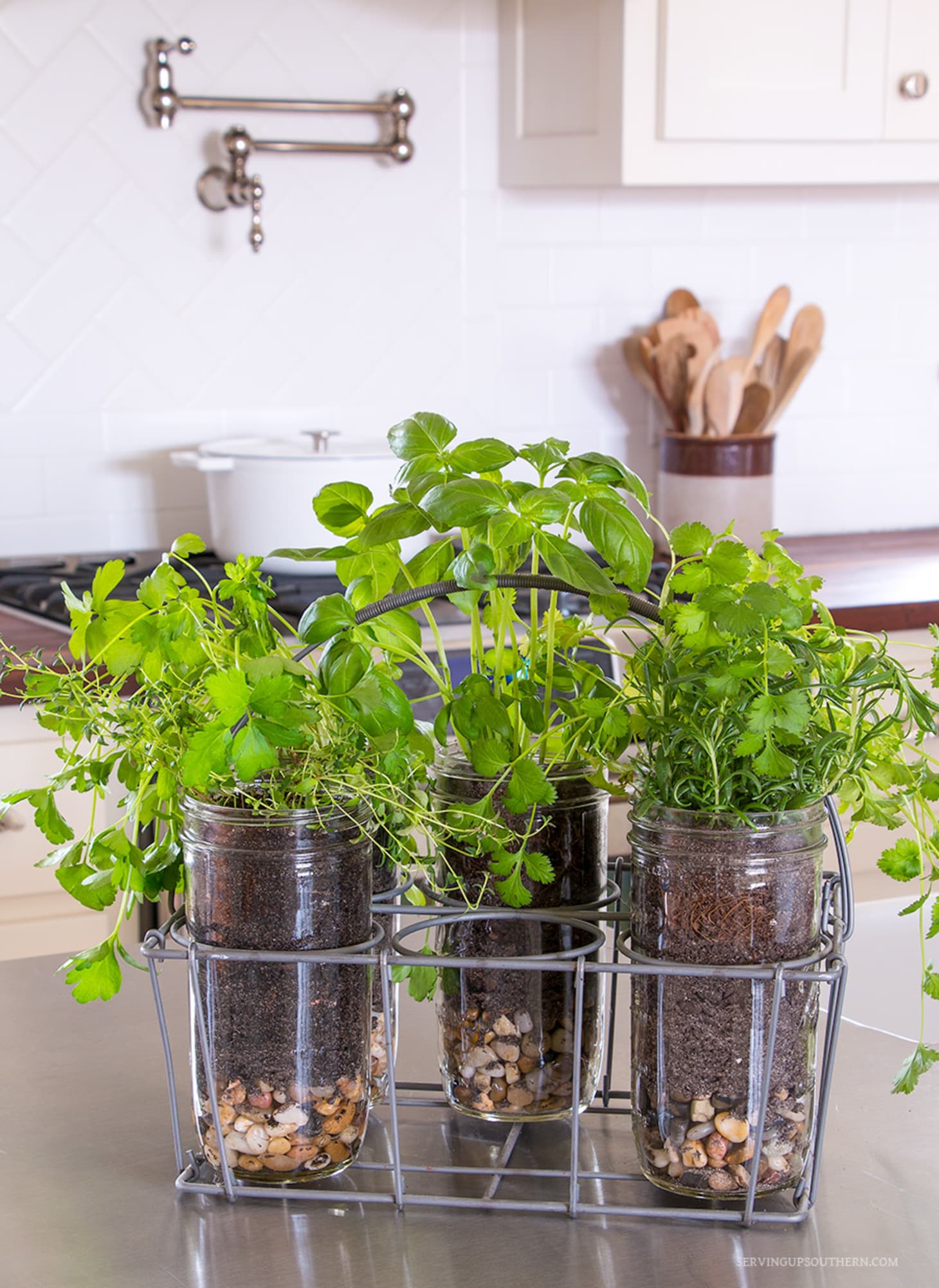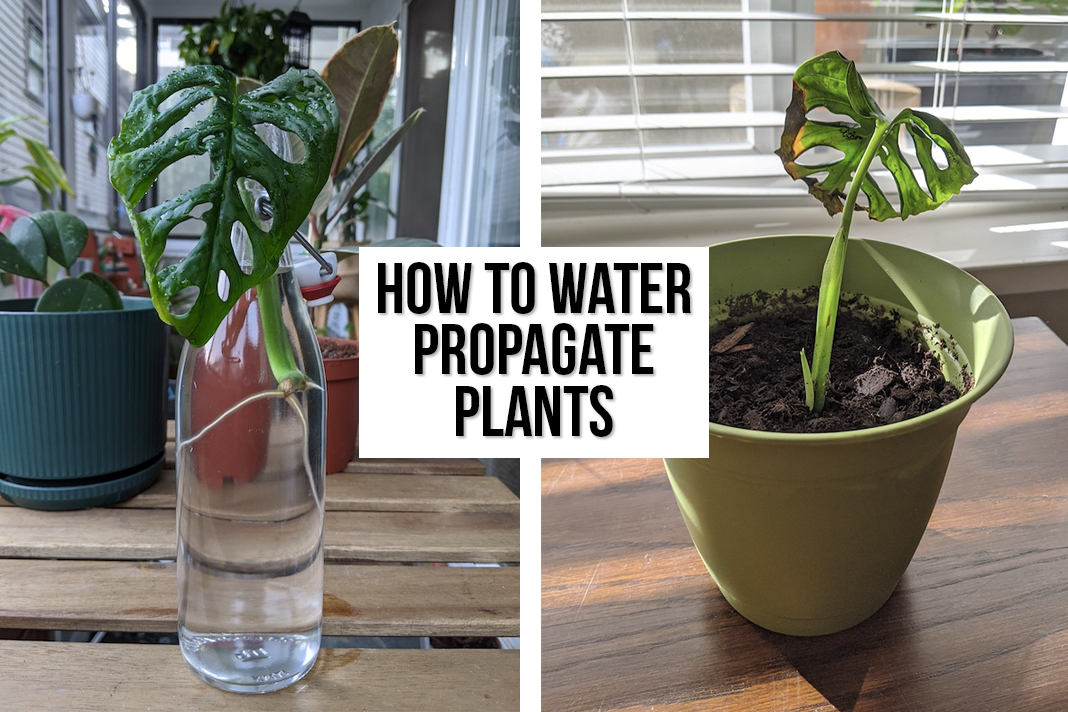How to Grow Cilantro Indoors in Water: Easy Guide

Have you ever dreamed of having a lush, indoor herb garden that requires minimal effort? Imagine the fresh, zesty aroma of cilantro wafting through your kitchen, ready to be plucked and added to your favorite dishes. Growing cilantro indoors in water is not only possible but surprisingly easy. This method, known as water propagation, is a fantastic way to enjoy fresh herbs year-round without the hassle of soil. Let's dive into this simple and rewarding process.
Why Grow Cilantro Indoors in Water?
Growing cilantro indoors in water offers several advantages. Firstly, it's a clean and mess-free method. No more soil spills or pests to deal with. Secondly, it's incredibly low-maintenance. Water propagation requires less attention than traditional soil gardening. Lastly, it's a great way to start an indoor herb garden, especially if you're short on space or live in an apartment.
What You'll Need
Before we get started, let's gather the necessary supplies:
- Fresh cilantro cuttings or seeds
- A glass or jar
- Water
- Scissors
- Optional: Liquid fertilizer
Step-by-Step Guide to Growing Cilantro in Water
Step 1: Prepare Your Cuttings
If you're starting with cuttings, choose healthy, green stems from a mature cilantro plant. Cut the stems at an angle, about 4-5 inches long. Remove any lower leaves that might be submerged in water to prevent rotting.
Step 2: Place Cuttings in Water
Fill a glass or jar with room temperature water. Place your cilantro cuttings in the water, ensuring the bottom 2-3 inches of the stems are submerged. Avoid overcrowding the jar; each cutting should have enough space to grow.
Step 3: Find the Perfect Spot
Cilantro thrives in bright, indirect light. Place your jar near a window that gets plenty of sunlight, but avoid direct sun, which can scorch the leaves. A windowsill facing east or west is ideal.
Step 4: Change the Water Regularly
To prevent the growth of bacteria and keep your cilantro healthy, change the water every 3-5 days. This is also a good time to check for any signs of root growth.
Step 5: Watch for Roots
Within a week or two, you should see small roots emerging from the cuttings. Once the roots are about an inch long, your cilantro is ready to be transplanted into a hydroponic system if desired. However, you can also continue to grow it in water.
Step 6: Fertilize (Optional)
While not necessary, adding a small amount of liquid fertilizer to the water can boost growth. Choose a fertilizer specifically designed for hydroponic gardening and follow the instructions carefully.
Cilantro Care Tips
Light
Cilantro loves light but prefers indirect sunlight. Too much direct sun can cause the leaves to wilt and turn yellow. If your cilantro starts to look leggy, it might not be getting enough light.
Temperature
Cilantro grows best in cool temperatures, ideally between 50-70°F (10-21°C). Avoid placing your jar near heat sources like radiators or ovens.
Water
Keep the water level consistent. Ensure the stems are always submerged, but avoid letting the leaves touch the water. Change the water regularly to prevent bacterial growth.
Pruning
Pruning encourages bushier growth. Once your cilantro has several sets of leaves, you can start pinching off the top leaves to use in your cooking. This will also promote new growth.
Troubleshooting Common Issues
Yellowing Leaves
Yellowing leaves can be a sign of too much direct sunlight or overfertilization. Move your jar to a spot with less direct light and reduce the amount of fertilizer.
Wilting
Wilting can occur if the cilantro isn't getting enough water or light. Ensure the stems are always submerged and that the plant is getting enough indirect sunlight.
Slow Growth
Slow growth can be due to insufficient light or nutrients. Move your jar to a brighter spot and consider adding a small amount of liquid fertilizer.
The Benefits of Hydroponic Gardening
Hydroponic gardening, or growing plants in water, has numerous benefits. It's a space-efficient way to grow herbs indoors, and it's often faster than traditional soil gardening. Plus, it's a great way to reduce water usage, as hydroponic systems use up to 90% less water than soil-based systems.
For more information on hydroponic gardening, check out this comprehensive guide from Gardening Know How.
Conclusion
Growing cilantro indoors in water is a fun and rewarding project. With minimal effort, you can enjoy fresh, homegrown cilantro year-round. Whether you're a seasoned gardener or a beginner, this method is a fantastic way to start an indoor herb garden. So, why not give it a try? Your taste buds will thank you!
FAQs
How long does it take for cilantro to grow in water?
It typically takes about 1-2 weeks for cilantro cuttings to develop roots in water. Once rooted, the plant will continue to grow, and you can start harvesting leaves within a few more weeks.
Can I grow cilantro from seeds in water?
Yes, you can grow cilantro from seeds in water. Place the seeds in a shallow dish of water and keep them moist until they germinate. Once they sprout, transfer them to a jar of water and follow the same care instructions as for cuttings.
How often should I change the water for my cilantro?
Change the water every 3-5 days to prevent bacterial growth and keep your cilantro healthy. This is also a good time to check for root growth.
What is the best temperature for growing cilantro indoors?
Cilantro grows best in cool temperatures, ideally between 50-70°F (10-21°C). Avoid placing your jar near heat sources like radiators or ovens.
Can I use tap water to grow cilantro?
While tap water can be used, it's best to let it sit out overnight to allow any chlorine to evaporate. Alternatively, you can use filtered or distilled water to ensure your cilantro gets the purest water possible.


0 Response to "How to Grow Cilantro Indoors in Water: Easy Guide"
Post a Comment